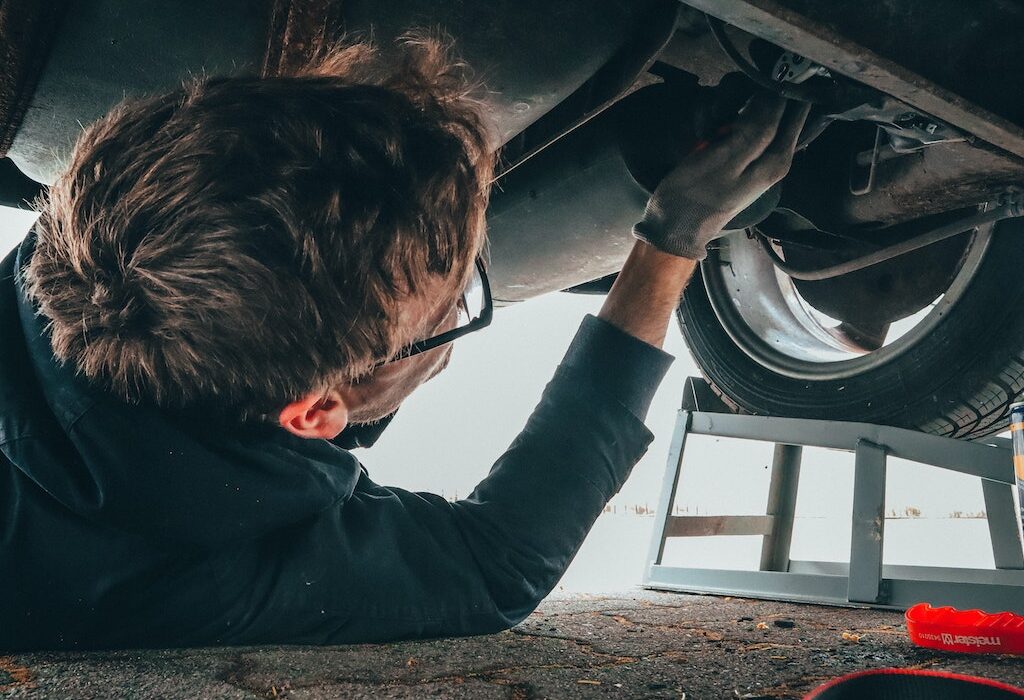Owning a secondhand car is a practical and cost-effective way of getting around. However, it will eventually require repairs and maintenance. If you’re repairing a used car for the first time, you should know a few things before starting. From sourcing the right parts to following instructions correctly, below are some tips on repairing secondhand cars. Read on.
Identifying the Problem
Identifying the problem is the first step in repairing a secondhand car. Listen to the sounds the car is making, and pay attention to any unusual smells, leaks, or vibrations. If the car displays any warning lights on the dashboard, note them.
Gathering Information
Once you’ve identified the problem, gather as much information as possible. Consult the car’s manual to determine the recommended repairs for the issue. Research online to find out if other owners of the same make and model of car have experienced similar problems and how they resolved them.
Assessing Your Abilities
After gathering information, determine if you have the skills, tools, and time to fix the problem yourself. Some repairs may require specialized knowledge or tools, so it’s important to be realistic about your abilities. If the repair is beyond your skills, take the car to a professional mechanic.
Getting the Right Parts
If you’ve decided to repair the car yourself, ensure you have the right parts. Purchase high-quality parts from a reputable supplier. Buying cheap or used parts may save you money in the short term, but they may not last as long or work as effectively.
Following Instructions
Follow the instructions carefully while repairing the car. This is especially important if you’re not an experienced mechanic. Improper repairs damage the car and can be dangerous.
Testing Your Work
After completing the repair:
– Double-check your work.
– Take the car for a test drive to ensure that the problem has been resolved.
– If the problem persists, re-evaluate the repair and seek professional help.
Avoid future repairs by maintaining the car regularly. This includes getting regular oil changes, replacing filters, and inspecting belts and hoses. Regular maintenance can help you catch minor problems before they become big ones.



